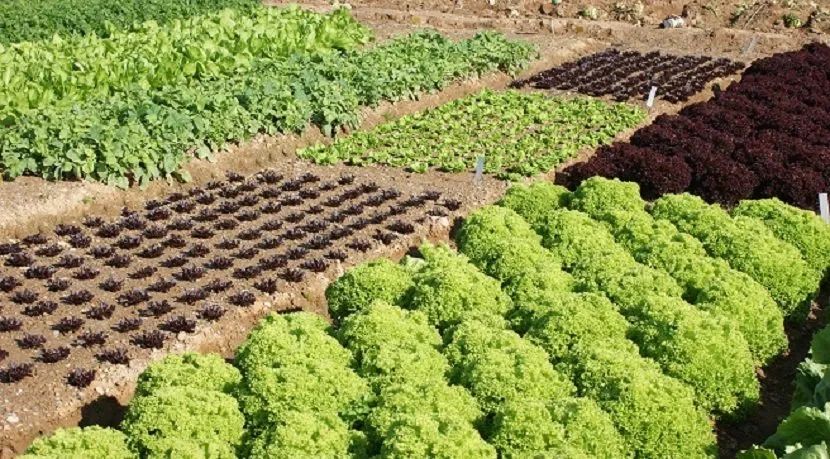In the previous part of the guide we saw the best ways to fortify our site, get water and start getting materials. The next thing we need to do without further delay is to prepare ourselves for food supplies.
In this part of the guide I will roughly develop how to start growing, although I will complete it later with ways to get nutrients and tools that would make this part too extensive.
PREPARE THE GROUND
The first thing, which I already mentioned in the previous part, is to cover the entire area to be cultivated with land. We must bear in mind that each plant needs a minimum depth and some need more sun than others, so we must consider, if possible on paper, a sun map of our land.
Then make rectangles with the square meters needed to supply everyone and parallel roads to them for the smallest possible passage.
For example, the tomato is one of the plants that needs more hours of sunshine, with 5 hours of sunshine per day for its full growth, so we could start our quadrant placing them in first place.
In general and taking into account that we would not plant trees because of their low yield (production per square meter) with about 30 to 50 cm of soil height would be good for almost all crops.
GET SOME SEEDS
This part may sound complicated, but if we have built our community early in the cataclysm, it will not be difficult to achieve them. Search for books on how to keep each seed alive and make expeditions to get all the ones you need.
In the case of tubers such as potatoes with a piece of the tuber planted, a plant is generated from the piece. In the case of tomatoes, the seeds are inside the fruit (or fruit, I can never decide what to call the tomato) and must be dried well once extracted so that they do not spoil.
FERTILIZE YOUR PLANTS
The easiest way to fertilize plants is with animal excreta, but beware, human excreta must be boiled before being used as fertilizer, as they may contain bacteria that will be transmitted by eating the food.
Although it sounds simple to fertilize with excreta, we are also in danger of over-fertilizing by causing plants to "burn" due to an excess of one nutrient. For example, bird guano is very rich in nitrogen, which is essential for plants, but it must be diluted a lot so as not to kill them.
IRRIGATE
In the previous post I explained how to make a well to extract water. Now would not be a bad time to devise a way to get the water out of the well, either with rope and boiler or with a hand pump (so far I have not explained how to generate electricity) since we will require large amounts of water for our crop.
As bad is the lack of water as the excess.
Don't forget to water at night or early or late in the day. The plants will make more use of the water and you won't burn them with the sun (the drops make mini magnifying glasses that concentrate the light in a point and burn).
CROP BREAKER
Although all plants require Nitrogen, Phosphorus and Potassium to grow, each one consume more than the other, rotating the crops will eliminate excesses.

Image source
If you are interested in this Part 3 you can start reading from the beginning in:
Foreword
Or visit my profile and search for the part that interests you most:
Profile Astur